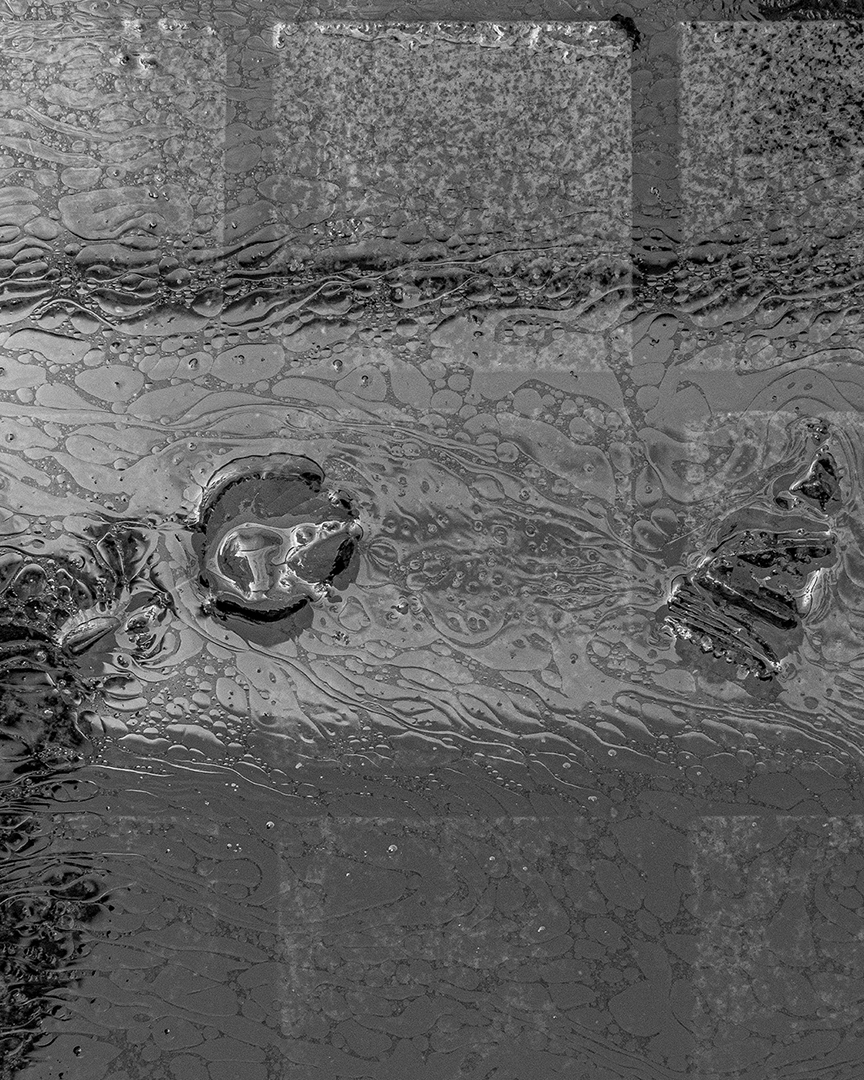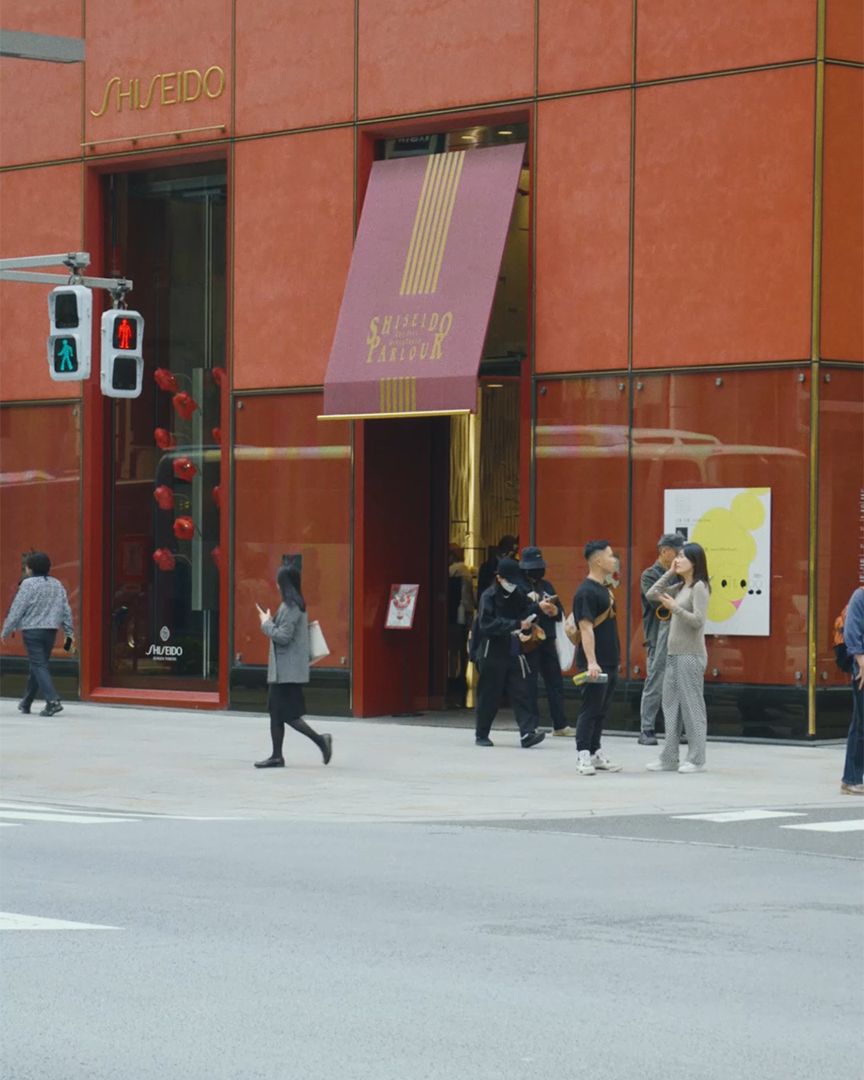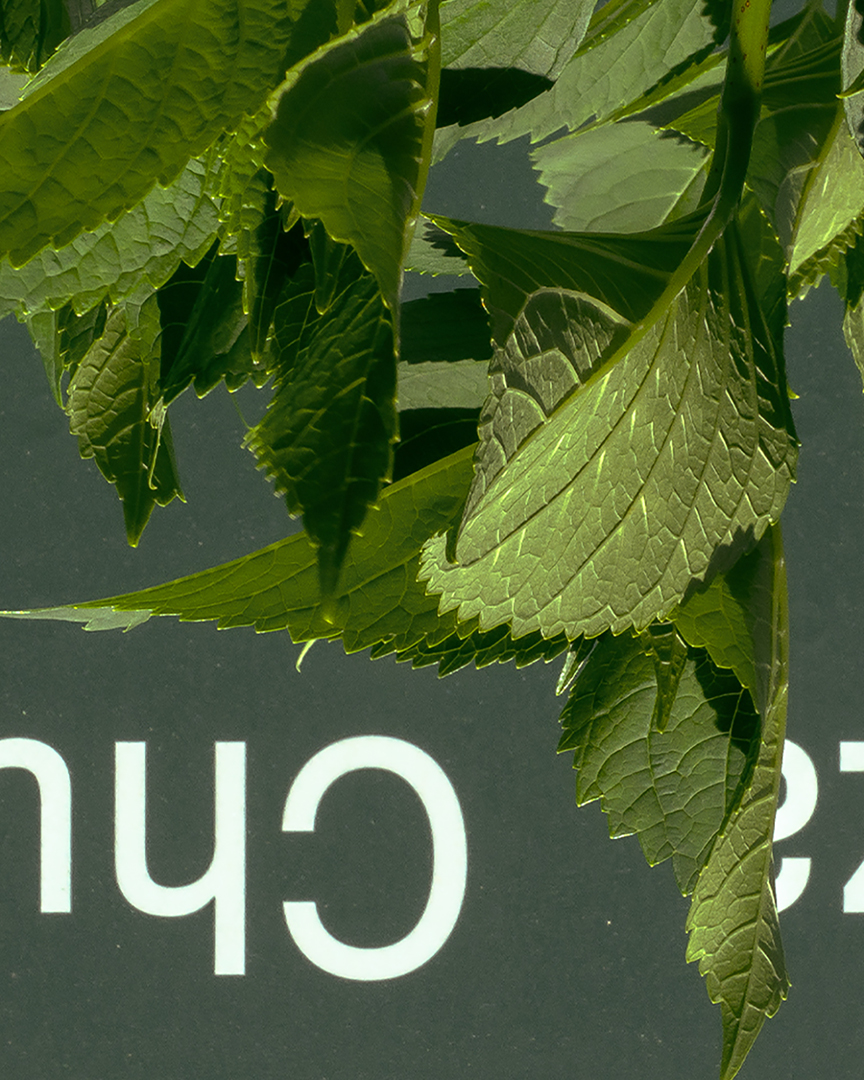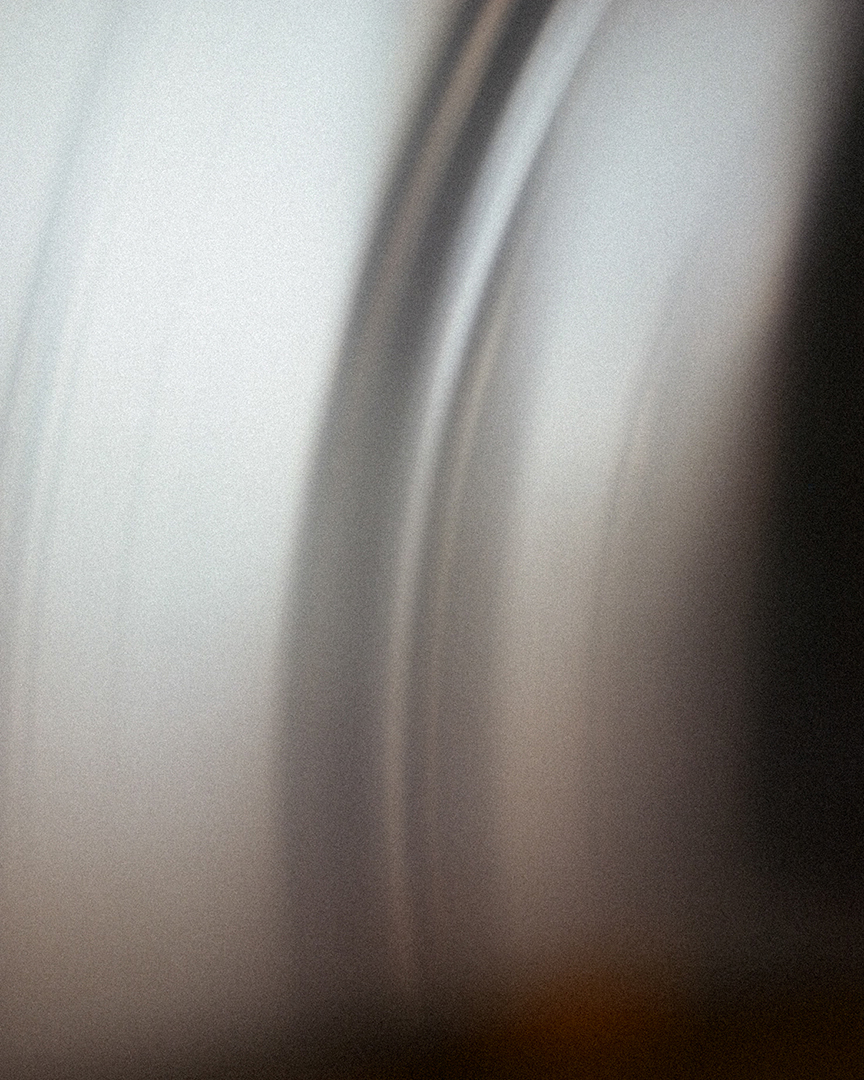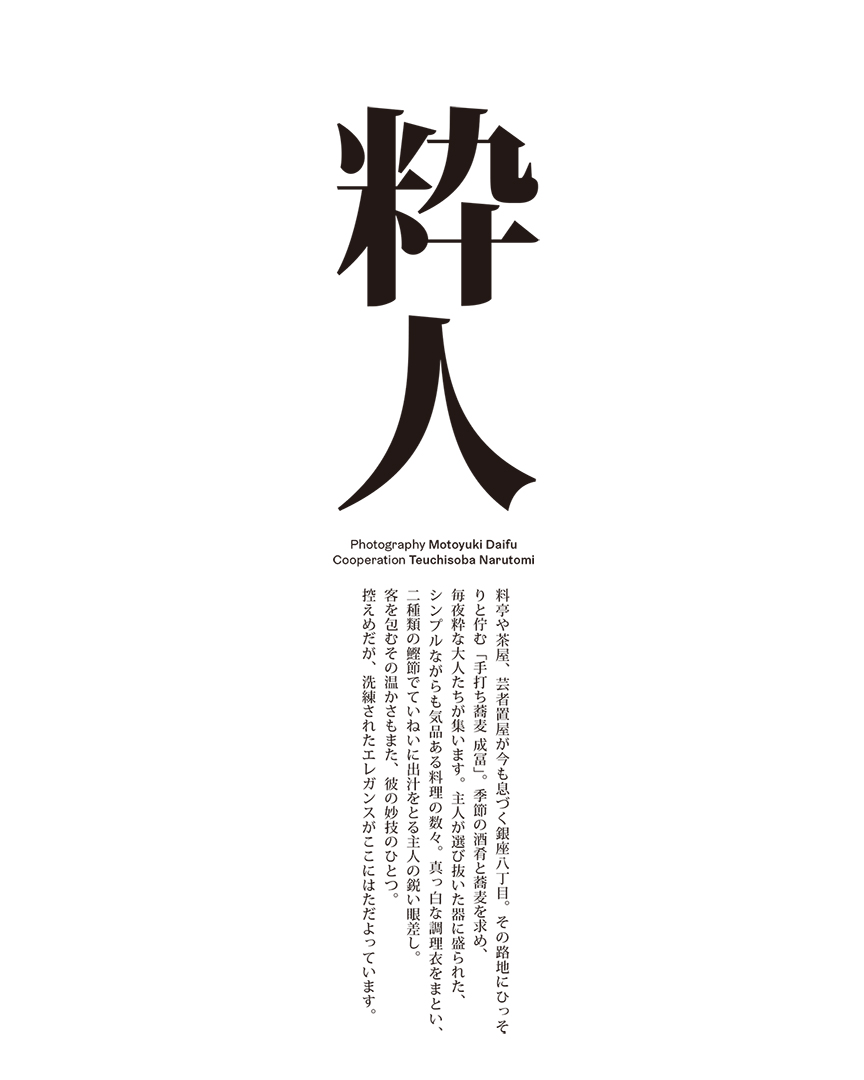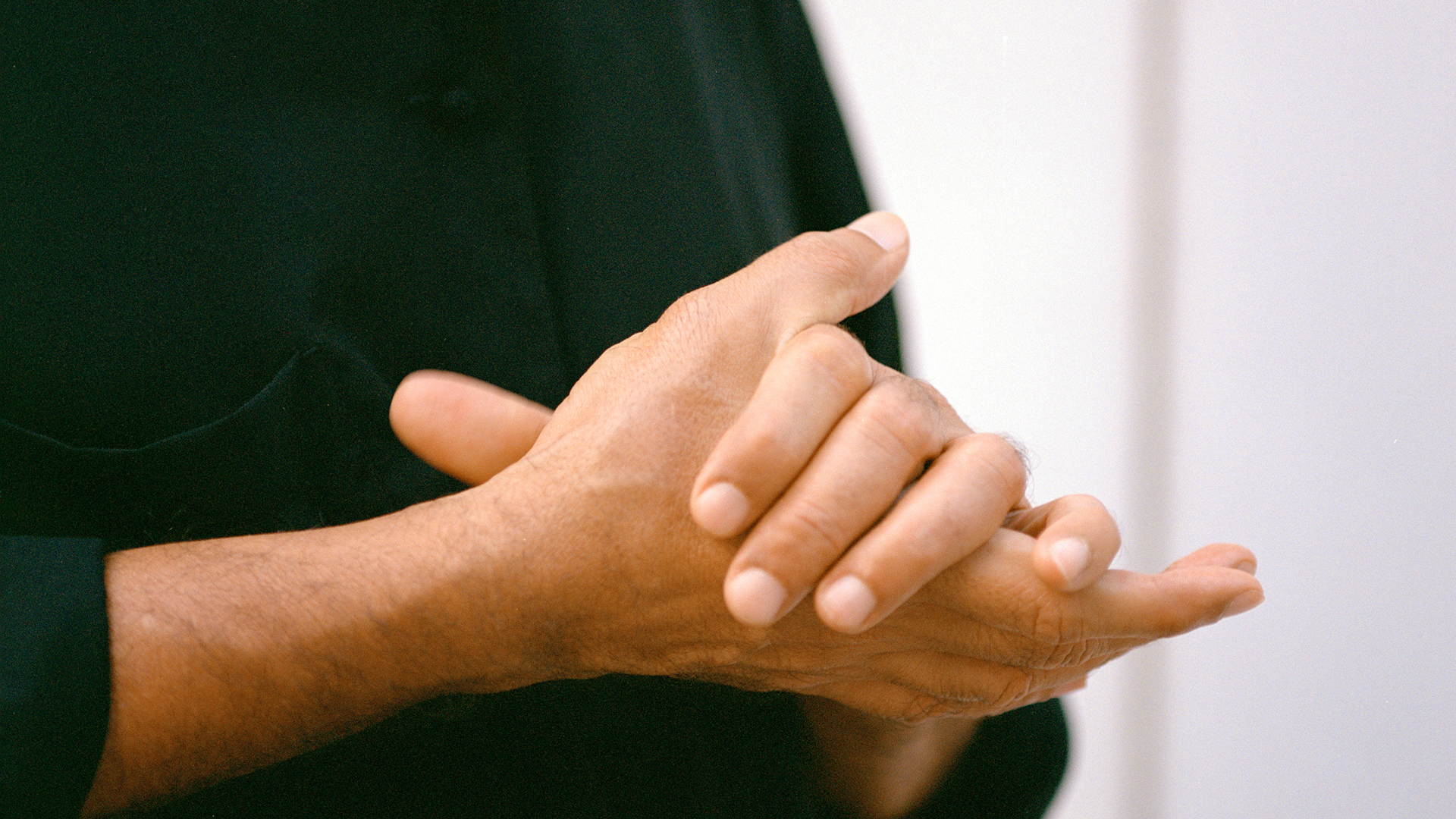
銀座――この魅力的な街は、多くの人々にとって、特別な瞬間や記憶に残る場所となっています。親に手を引かれて足を踏み入れたデパート、マスターのこだわりを感じる喫茶店、初デートで訪れたレストラン。どれもが、この街の独特の雰囲気と結びついています。
連載「銀座・メモワール」では、森岡書店代表、森岡督行さんがナビゲーターとして登場します。多様なゲストが織りなす銀座の豊かな物語を共有し、銀座の多面性とその普遍的な魅力に焦点を当てます。連載を通じて、銀座の隠れた魅力と多彩なストーリーに触れ、新たな価値を一緒に発見しましょう。
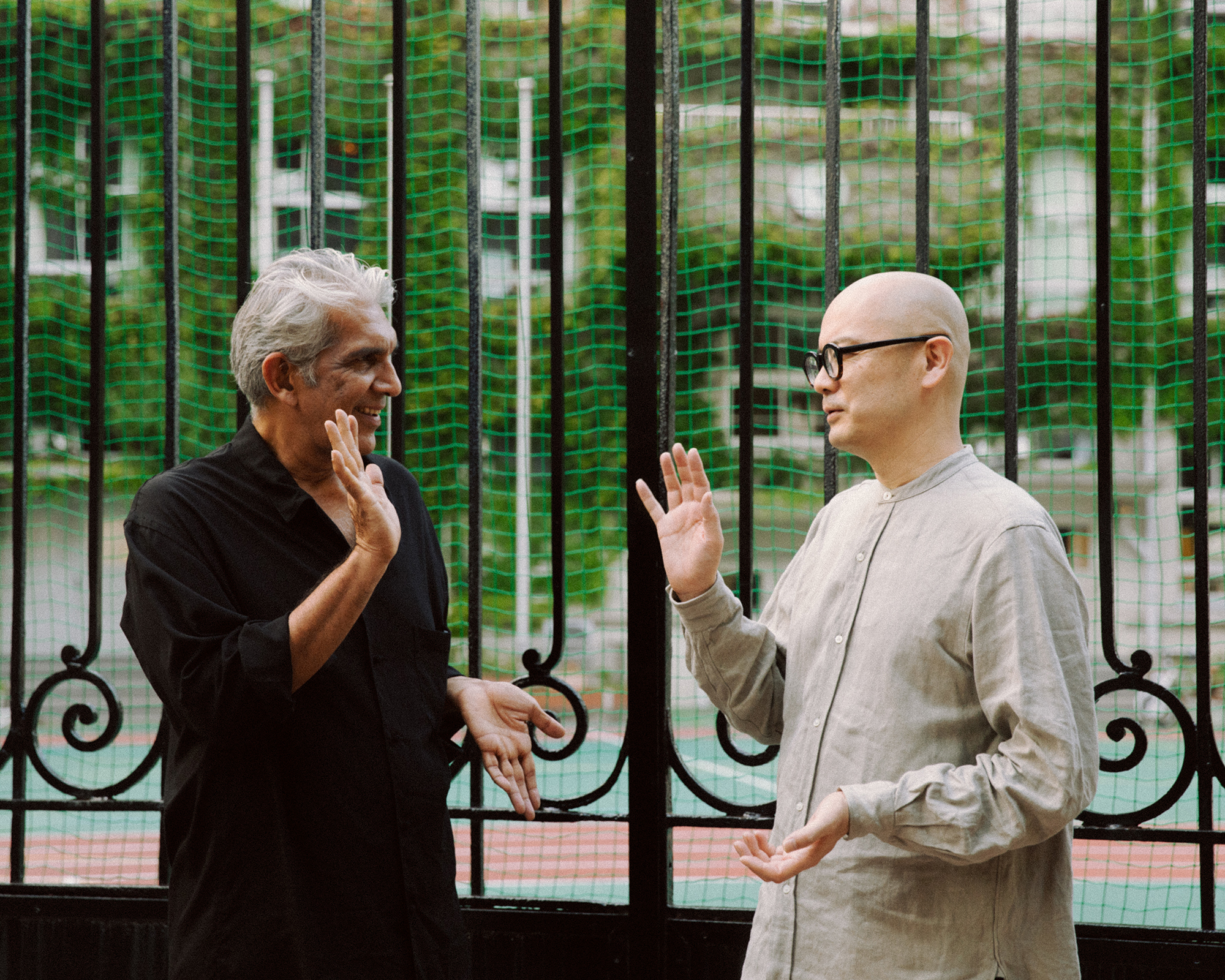
インドの建築スタジオ「スタジオ・ムンバイ」を主宰する建築家のビジョイ・ジェインさんをゲストに迎えた連載「銀座・メモワール #6」。後篇では自然の感情に耳を傾けるジェインさん独自の建築アプローチに迫ります。
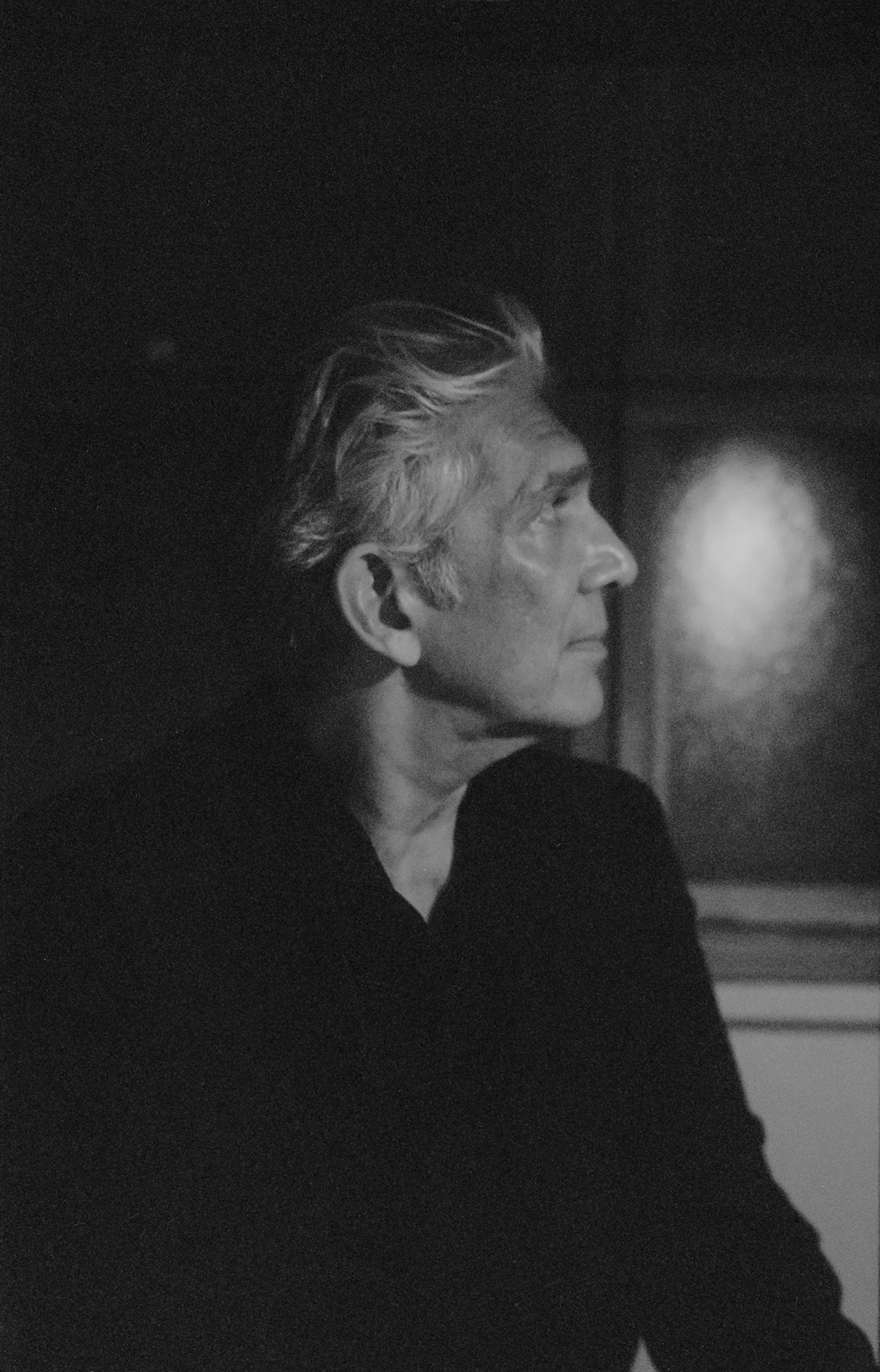
土地の現象の感情に自分を同調させる
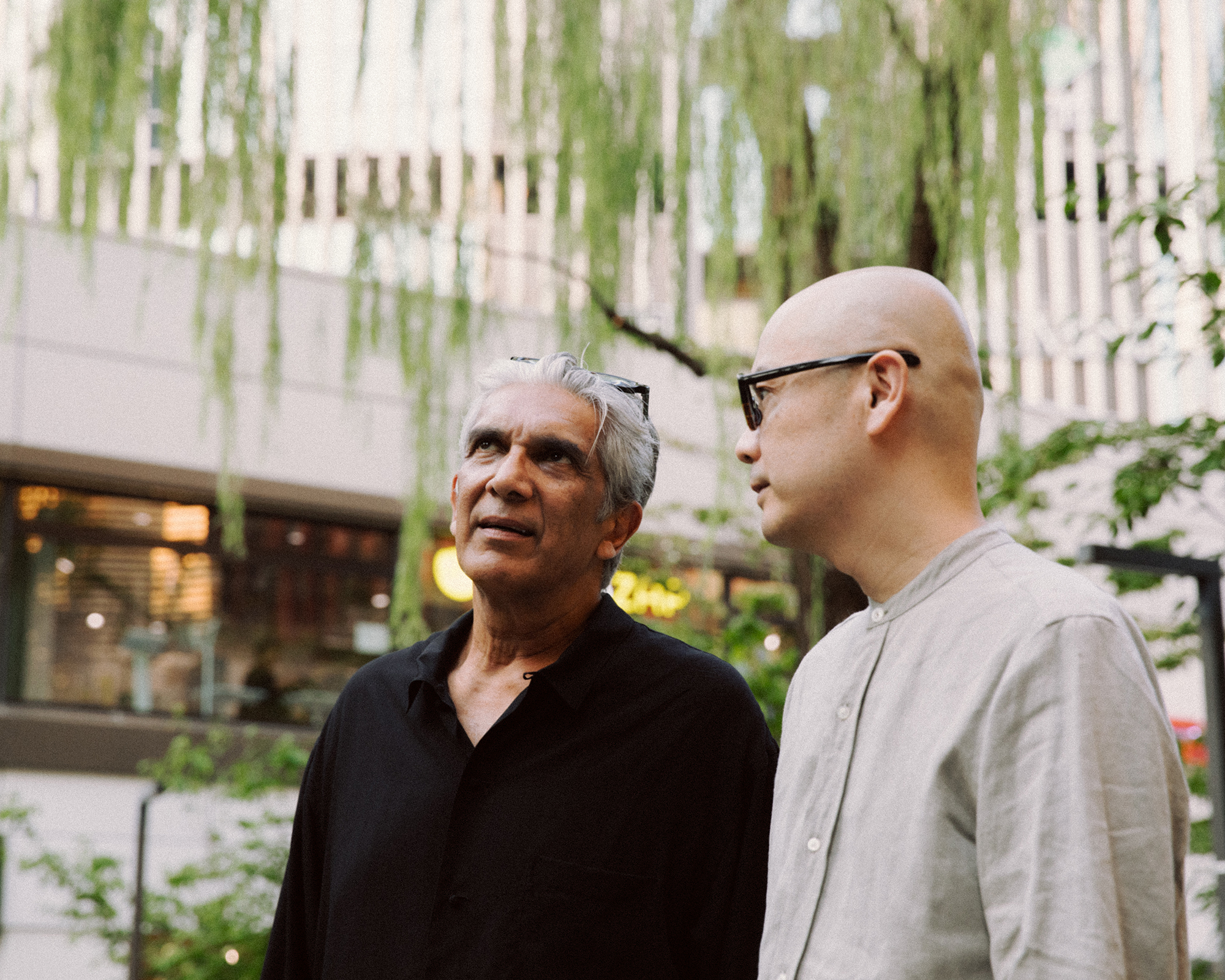
手がもつ唯一の機能は「与えること」と「受け取ること」
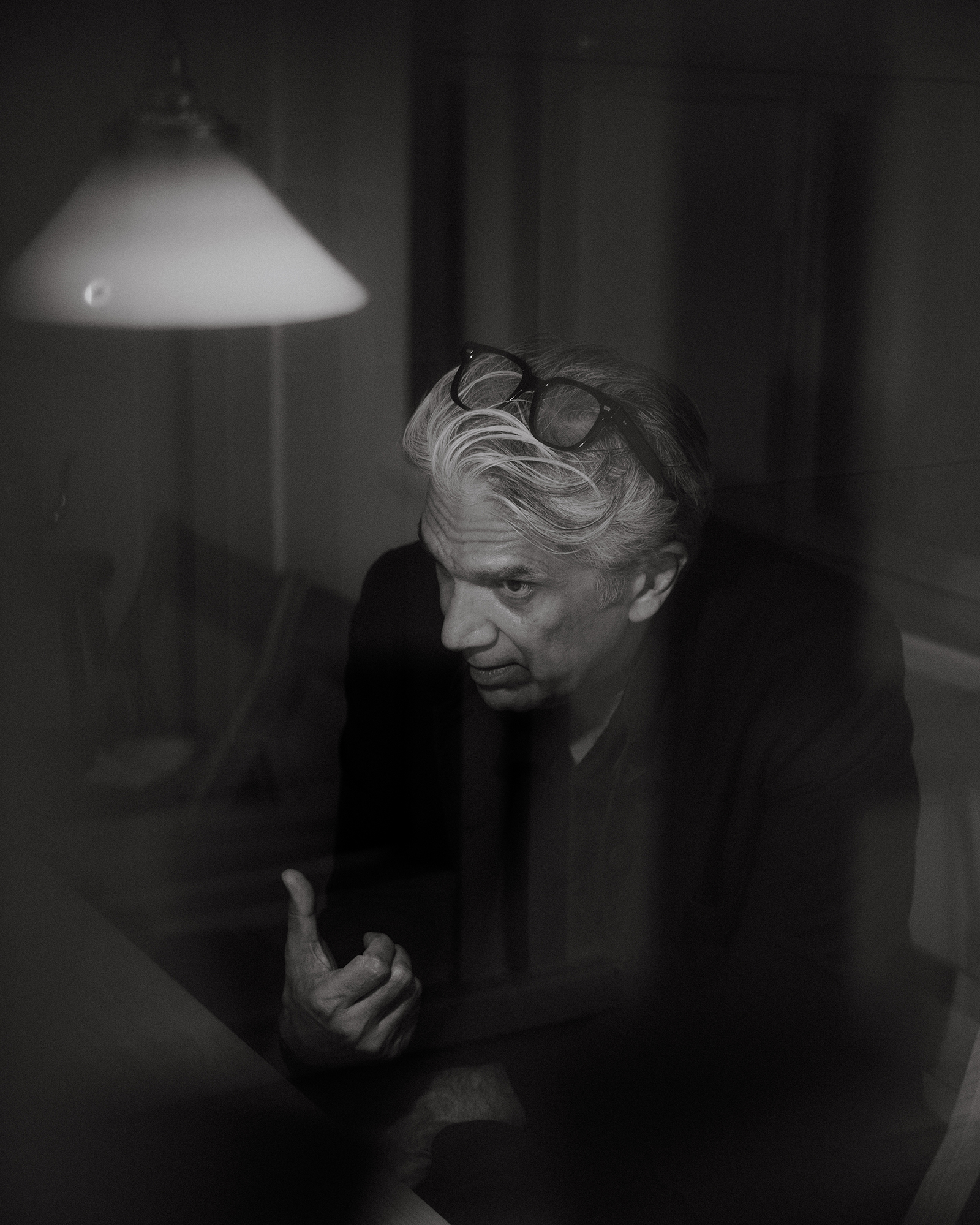
ビジョイ・ジェイン
1965年ムンバイ生まれ。アメリカのワシントン大学セントルイス校で建築を学ぶ。ロサンゼルスやロンドンでの勤務を経て、1995年にインドに帰国し、Studio Mumbaiを設立。建築家、エンジニア、熟練の職人、技術者、アーティストなど、幅広い分野の専門家が国や文化を超えて協働する場として活動を続けている。
現在はスイス・メンドリジオ建築アカデミーで教鞭を執り、これまでにアメリカのイェール大学やデンマークのデンマーク王立芸術アカデミーでも客員教授を務めた。2015年には、建築界への貢献が評価され、ベルギーのハッセルト大学から名誉博士号を授与されている。さらに、2017年には英国王立建築家協会(RIBA)から国際フェローシップを授与された。
森岡 督行
1974年山形県生まれ。森岡書店代表。文筆家。『800日間銀座一周』(文春文庫)、『ショートケーキを許す』(雷鳥社)など著書多数。 キュレーターとしても活動し、聖心女子大学と共同した展示シリーズの第二期となる「子どもと放射線」を、2023年10月30日から2024年4月22日まで開催する。
https://www.instagram.com/moriokashoten/?hl=ja平岩壮悟
編集者/ライター1990年、岐阜県高山市生まれ。フリーランス編集/ライターとして文芸誌、カルチャー誌、ファッション誌に寄稿するほか、オクテイヴィア・E・バトラー『血を分けた子ども』(藤井光訳、河出書房新社)をはじめとした書籍の企画・編集に携わる。訳書にヴァージル・アブロー『ダイアローグ』(アダチプレス)。
www.instagram.com/sogohiraiwaナタリー・カンタクシーノ
フォトグラファー
スウェーデン・ストックホルム出身のフォトグラファー。東京で日本文化や写真技術を学び、ファッションからドキュメンタリー、ライフスタイルのジャンルで活躍。https://www.instagram.com/nanorie/
Ginza Memoir #6 Part 2 Bijoy Jain "Architecture That Emerges Naturally"
2025.1.24
Text / Sogo Hiraiwa
Photo / Nathalie Cantacuzino
Ginza is a fascinating town, frequently linked with special moments and fond memories. Visits to department stores while holding tightly to a parent’s hand, afternoons in old-fashioned cafés run by one-of-a-kind characters, first dates in special restaurants . . . Ginza is a place like no other.
Hanatsubaki’s “Ginza Memoir” series, hosted by Yoshiyuki Morioka of the iconic Morioka Shoten bookstore, explores the multifaceted nature and universal appeal of Ginza through interviews with guests from a wide variety of fields. With Morioka as guide to Ginza’s hidden charms and diverse narratives, new discoveries await around every corner.
For the final part of this series, we revisit architect Bijoy Jain of Studio Mumbai. Here, Jain shares his unique approach to architecture—one that seeks to resonate with the emotions carried within nature itself.
Attuning to the Land’s Emotions
Morioka: I imagine you’ll continue working on architectural projects here in Japan. What kind of vision do you bring to these projects?
Jain: I’ll keep moving toward being “precise enough.” That notion is central to me. Partly due to my own physicality, I’ve always lived in the space between “precise enough” and “imprecise.”
Morioka: What do you mean by that?
Jain: Take something as specific as the size of a tatami mat. In Japan, there is a fixed standard for its dimensions. In India, where I’m from, it’s quite different. Indian music, for instance, is composed in half-tones, and even in architectural calculations, we often work in “half” measures. It’s like a cultural code embedded in our thinking. I want to find that space between “precise enough” and “imprecise.” So wherever I work—whether Japan or France—my approach is to tune myself to the phenomena of that land.
Morioka: Phenomena?
Jain: Everywhere on Earth, we encounter phenomena of light, air, water, gravity, and the land itself. As an architect, what I strive to do is attune myself to the sentiment—the emotion, if you will—of those phenomena. Not sentimentality, but the feeling that each phenomenon holds.
Morioka: How would you describe the difference between “sentiment” and “sentimentality”?
Jain: Love is an sentiment. Compassion, too. Anger and jealousy are also sentiments. They are not sentimental. Sentiments are universal experiences. We may each feel love or anger differently in intensity, but the experience itself is fundamentally shared.
Morioka: I understand.
Jain: Sentiments are here, in the present moment, whereas sentimentality resides partially in the past. Feeling nostalgia or sentimental is not a flaw by any means. But for the projects I work on in Japan, I try to tune myself to the sentiments of the land and its phenomena—the quality of light, the air, the humidity. In doing so, the nature of the place begins to shape the architecture on its own.
The Unique Role of the Hand: To Give and to Receive
Morioka: I believe that inspiration is essential. When we’re moved by something, that feeling inspires us to create in turn. It’s as if inspiration itself creates the future.
Jain: I would say inspiration creates possibility, because inspiration releases us from time. Its effects may manifest in the next moment, weeks later, or even years down the line. Inspiration opens the door to moments yet to come.
Morioka: I completely agree.
Jain: Or, perhaps we’re already inspired without even realizing it. As beings living under gravity’s force, we naturally experience a slight delay in everything. Possibility arrives just a little after us. This is true of “giving” and “receiving” as well—there’s always a time lag between the two. Yet it’s this time lag that makes human expression so varied. You have two daughters, don’t you? How old are they?
Morioka: They’re 13 and 18.
Jain: They’re practically adults now. You shared those early years with them, giving as they received. Now, I imagine they are giving something back to you in their own ways.
Morioka: Yes, they certainly are.
Jain: The hand’s only function is to give and to receive. Craftsmanship doesn’t reside solely in the artisan’s hands but rather in the act of giving and receiving itself.
Morioka: That’s fascinating. In that sense, what is art?
Jain: Perhaps art is simply the act of giving and receiving, done without any prejudice. It’s “non-purpose”—a state where purpose becomes no purpose. And I believe that’s the essence of art.
Bijoy Jain
Bijoy Jain, born in 1965 in Mumbai, studied at Washington University in St. Louis, Missouri, USA. He worked in Los Angeles and London before returning to India in 1995 and founding Studio Mumbai. The studio operates as an interdisciplinary group of architects, engineers, master builders, artisans, technicians and artists across continents.
Bijoy Jain teaches at the Accademia di architettura, Università della Svizzera Italiana in Mendrisio, Switzerland. He also taught as a visiting professor at Yale University in the United States and at the Royal Danish Academy of Fine Arts in Copenhagen. In 2015, he received an honorary doctorate from Hasselt University, Belgium, for his contribution to the architectural profession. In 2017, he received the RIBA International Fellowship in London.Yoshiyuki Morioka
Born 1974 in Yamagata. Head of the Morioka Shoten bookstore. Writer. Published books include Around Ginza in 800 Days (Bunshun Bunko) and Forgiving the Shortcake (Raichosha). Also active as an art curator, with recent shows including Children and Radiation, the second stage of an exhibition held jointly with the University of the Sacred Heart (October 30, 2003–April 22, 2024).
https://www.instagram.com/moriokashoten/?hl=jaSogo Hiraiwa
Editor/writer
Born 1990 in Takayama, Gifu. Freelance editor and writer contributing regularly to literary, cultural, and fashion magazines. Also involved in planning and editing books, including the Japanese edition of Octavia E. Butler’s Bloodchild and Other Stories (trans. Hikaru Fujii). Translator of Virgil Abloh’s Dialogues (Adachi Press).
https://www.instagram.com/sogohiraiwa/Nathalie Cantacuzino
Photographer
Born in Stockholm, Sweden. Studied Japanese culture and photographic technique in Tokyo. Shoots in genres ranging from fashion to documentary and lifestyle.
https://www.instagram.com/nanorie/

